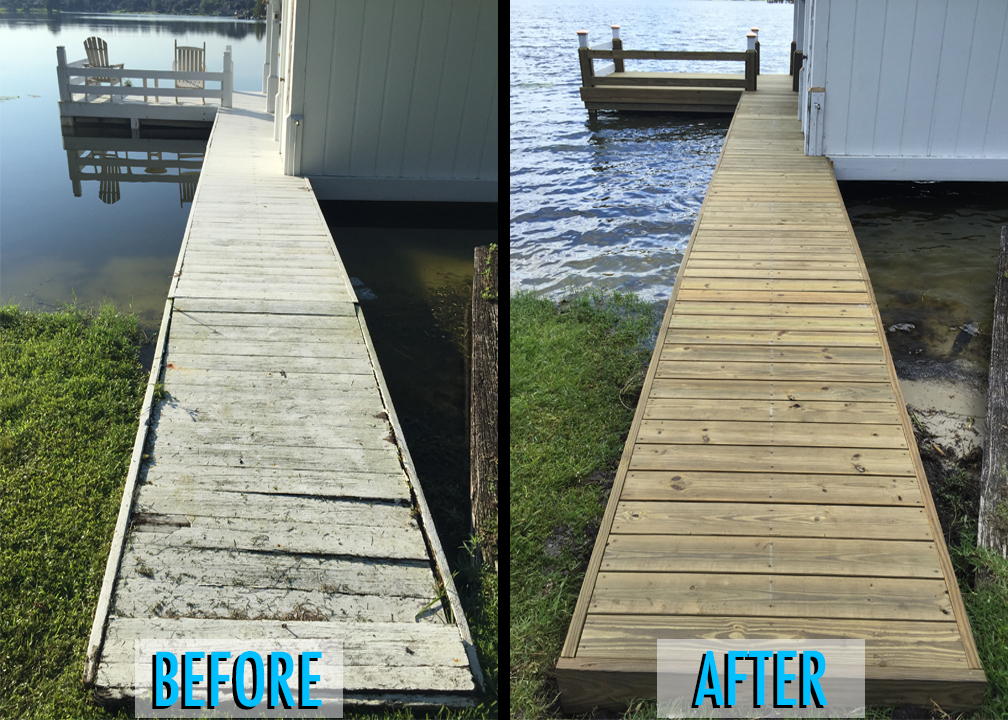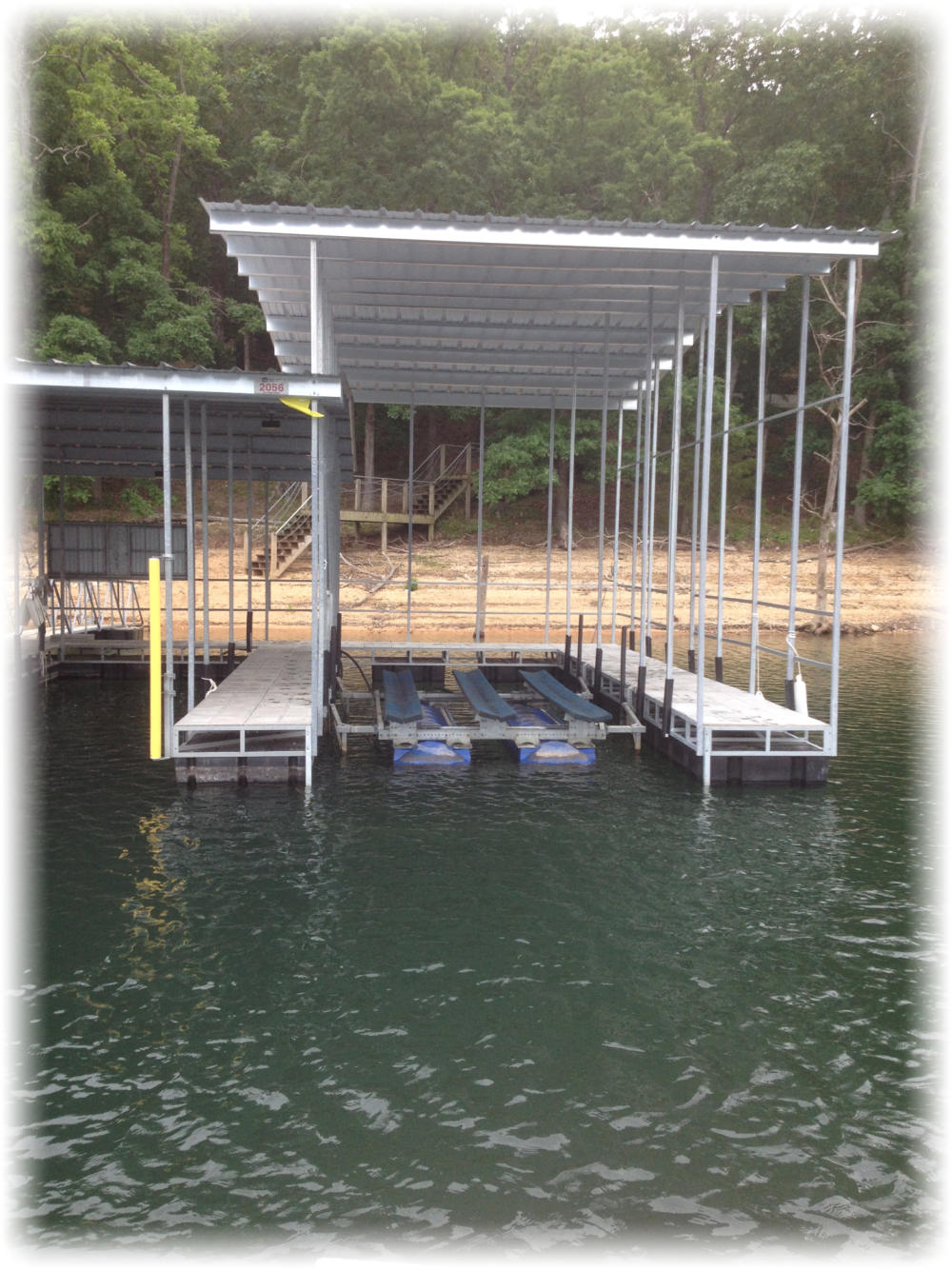Effective Dock Repair Service Techniques: Making Certain Structural Honesty
Making sure the structural honesty of docks with effective repair work techniques is paramount for the longevity and safety and security of marine facilities. This includes a multi-faceted technique beginning with thorough inspections using sophisticated technologies like finder tools and from another location ran vehicles (ROVs) to spot both visible and concealed damages. Subsequently, choosing the appropriate repair work products, such as composite products and corrosion-resistant alloys, is critical for resilience. Architectural support methods, consisting of the implementation of cross-bracing systems and load-distribution plates, play a crucial role in mitigating tension factors. The significance of these methods ends up being noticeable when discovering sophisticated fixing techniques and preventative upkeep strategies.
Examining Dock Damages
Analyzing dock damage is a vital primary step in making certain the structural honesty and safety of any kind of docking center. This initial examination entails a thorough evaluation to identify both concealed and noticeable damages. Trick elements to examine consist of the dock's foundation, pilings, outdoor decking, and equipment. Each element must be scrutinized for signs of wear, rot, deterioration, or various other types of deterioration that could jeopardize the architectural stability.
Architectural designers or certified assessors usually perform these assessments utilizing specialized devices and strategies. For example, undersea examinations may use finder tools or remotely operated automobiles (ROVs) to find submerged damages. Above water, aesthetic examinations are complemented by making use of dampness meters and other diagnostic devices to discover underlying issues not immediately noticeable to the naked eye.

Deciding On Repair Materials
Selecting the ideal repair service products is an essential action in the dock restoration process, one that straight influences the long life and performance of the repaired structure. Product selection have to be driven by variables such as ecological problems, load-bearing demands, and compatibility with existing dock elements. For example, wood is a standard option for anchors as a result of its natural resilience and aesthetic charm. However, selecting the right kind of wood, such as pressure-treated lumber or naturally rot-resistant varieties like cedar or teak wood, is critical to withstand marine settings.
Along with wood, composite products are progressively preferred due to their resilience and reduced upkeep demands. Compounds, typically made from a blend of plastic and timber fibers, provide superb resistance to rot, insects, and UV damage. For steel docks, selecting corrosion-resistant alloys such as galvanized steel or marine-grade aluminum is essential to prevent rust and guarantee structural honesty in saline water conditions.
Epoxy resins and marine-grade sealers are indispensable for repairing splits and securing joints, offering a water-proof barrier and improving the dock's total stamina. By diligently picking high-grade products, dock repair work can accomplish lasting outcomes, consequently securing against future deterioration and making sure secure, trusted usage.
Architectural Reinforcement Techniques
Effective structural reinforcement strategies are essential in making certain the security and longevity of dock repair work. This method is especially reliable for anchors subjected to heavy lots or rough environmental conditions.
One more necessary method is the application of fiber-reinforced polymers (FRP) These products offer high strength-to-weight proportions and excellent resistance to rust, making them ideal for strengthening wood or concrete docks. FRP can be applied in sheets or strips and bonded with epoxy resins to improve structural honesty.
Bracing and anchoring systems likewise play an essential role in architectural reinforcement. Cross-bracing, using steel or wood beam of lights, can combat side pressures, lowering persuading and movement. Securing systems, such as helical piers or driven stacks, provide a secure foundation by transferring loads to much deeper, much more stable dirt layers.
Last but not least, the combination of load-distribution plates can help disperse weight much more equally throughout the dock's surface area, alleviating local tension points. These techniques jointly make sure that anchors stay robust and risk-free, efficient in holding up against the rigors of their functional environment.
Advanced Repair Service Methods

One more sophisticated strategy involves undersea welding, which enables my sources for repairs to be performed without the requirement to dewater the location. This approach is especially helpful for attending to structural problems in submerged dock elements, ensuring very little disruption to operations. Enhanced welding techniques, paired with robotic systems, supply accuracy and integrity, thus expanding the life-span of the dock.
Furthermore, cathodic protection systems are implemented to avoid rust in metal dock frameworks. By using sacrificial anodes or amazed current systems, these methods efficiently reduce the electrochemical procedures that bring about material deterioration.
Last but not least, progressed tracking innovations, such as architectural wellness surveillance (SHM) systems, supply real-time information on the condition of dock frameworks. These systems make it possible Web Site for positive maintenance and prompt interventions, ultimately making certain the long-term structural stability of the dock.
Upkeep and Prevention
Maintenance and prevention are fundamental ideas that underpin the long life and safety and security of dock frameworks. Normal evaluations are critical, enabling for early detection of deterioration, possible weak points, and ecological impacts. A positive method, entailing regular checks for deterioration, rot, and structural changes, mitigates pricey fixings and extends the dock's functional life.
Safety nets need to consist of applying safety layers to steel elements to protect against corrosion and making use of treated timber to resist decay. In addition, ensuring appropriate drain and air flow can prevent water accumulation, which is a common source of architectural degradation. Including quality materials and adhering to maker guidelines throughout building and repair work stages likewise play essential duties in improving resilience.

Educating employees in dock upkeep finest practices ensures consistent application of safety nets. Leveraging technical breakthroughs, such as drones for evaluations and sensors for real-time surveillance, can further enhance maintenance efforts. By prioritizing maintenance and avoidance, dock proprietors can guarantee structural honesty, functional safety, and cost-effective monitoring over the dock's life-span.
Conclusion
In conclusion, keeping the structural stability of marine facilities requires thorough dock fixing techniques. Advanced repair strategies, combined with routine maintenance practices, make sure the dock remains operational and risk-free under diverse environmental conditions.
Guaranteeing the structural honesty of anchors via reliable fixing methods is vital for the long life and safety and security of marine facilities.Choosing the appropriate repair service materials is an essential step in the dock repair process, one that directly affects the durability and efficiency of the repaired structure.Efficient structural support techniques are crucial in ensuring the security and longevity of dock repair work. By prioritizing maintenance and avoidance, dock owners can make certain structural integrity, functional safety, and affordable management over the dock's life expectancy.
In final thought, maintaining the structural integrity of marine centers requires detailed dock repair service strategies.